The wireless network infrastructure ecosystem market in France is characterized by a dynamic competitive landscape, driven by rapid technological advancements and increasing demand for high-speed connectivity. Major players such as Orange (FR), SFR (FR), and Bouygues Telecom (FR) are strategically positioned to leverage their extensive networks and customer bases. These companies focus on innovation and digital transformation, aiming to enhance service delivery and customer experience. Their collective strategies foster a competitive environment that emphasizes not only market share but also the quality of service and technological capabilities.
Key business tactics within this market include localizing manufacturing and optimizing supply chains to enhance operational efficiency. The competitive structure appears moderately fragmented, with several key players exerting influence over market dynamics. This fragmentation allows for a variety of service offerings, catering to diverse consumer needs while also fostering competition that drives innovation and service improvements.
In November 2025, Orange (FR) announced a partnership with Nokia (FI) to enhance its 5G network capabilities across urban areas in France. This collaboration is significant as it aims to improve network reliability and speed, addressing the growing demand for high-capacity data services. The strategic importance of this partnership lies in its potential to solidify Orange's market position as a leader in 5G deployment, thereby enhancing customer satisfaction and loyalty.
In October 2025, Bouygues Telecom (FR) launched a new initiative focused on integrating AI technologies into its network management systems. This move is indicative of a broader trend towards digitalization within the industry, as AI can optimize network performance and reduce operational costs. The strategic relevance of this initiative is profound, as it positions Bouygues Telecom to respond more effectively to customer demands and operational challenges, potentially leading to increased market share.
In December 2025, SFR (FR) revealed plans to invest €500 million in expanding its fiber optic network across rural regions. This investment reflects a commitment to bridging the digital divide and enhancing connectivity in underserved areas. The strategic importance of this expansion is twofold: it not only enhances SFR's service offerings but also aligns with national objectives to improve digital infrastructure, thereby fostering economic growth in these regions.
As of December 2025, current competitive trends are increasingly defined by digitalization, sustainability, and the integration of AI technologies. Strategic alliances among key players are shaping the landscape, facilitating knowledge sharing and resource optimization. Looking ahead, competitive differentiation is likely to evolve from traditional price-based competition to a focus on innovation, technological advancements, and supply chain reliability. This shift underscores the importance of adaptability and forward-thinking strategies in maintaining a competitive edge in the wireless network infrastructure ecosystem.


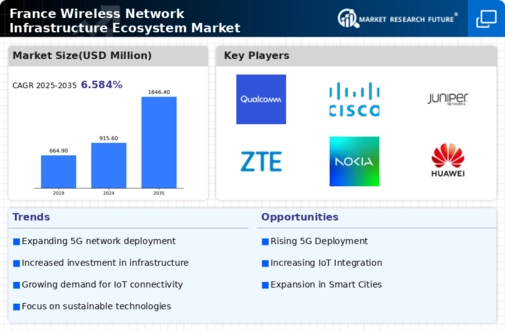

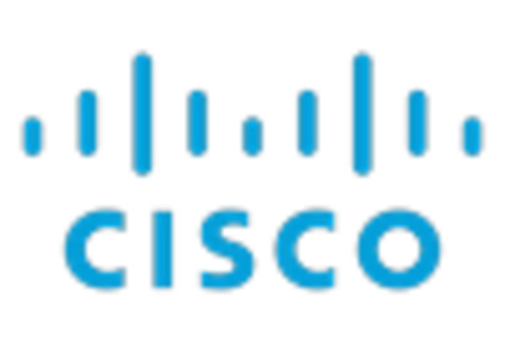



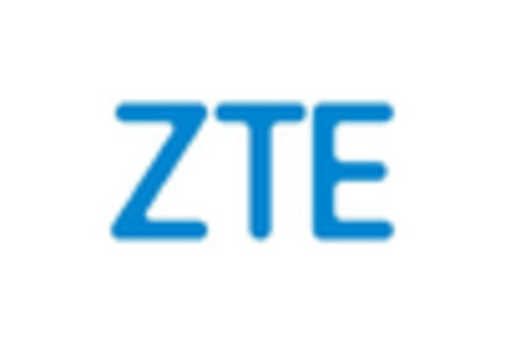

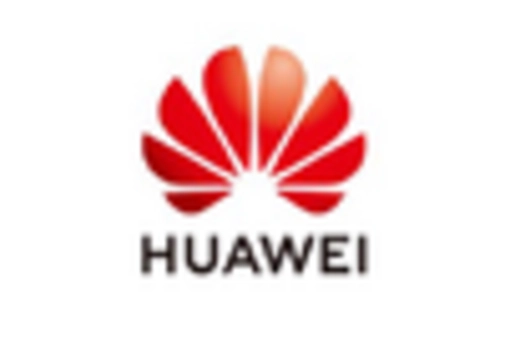
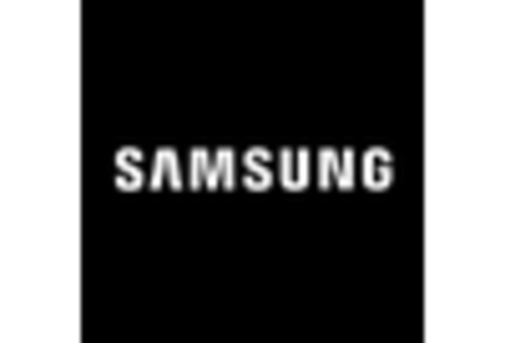










Leave a Comment